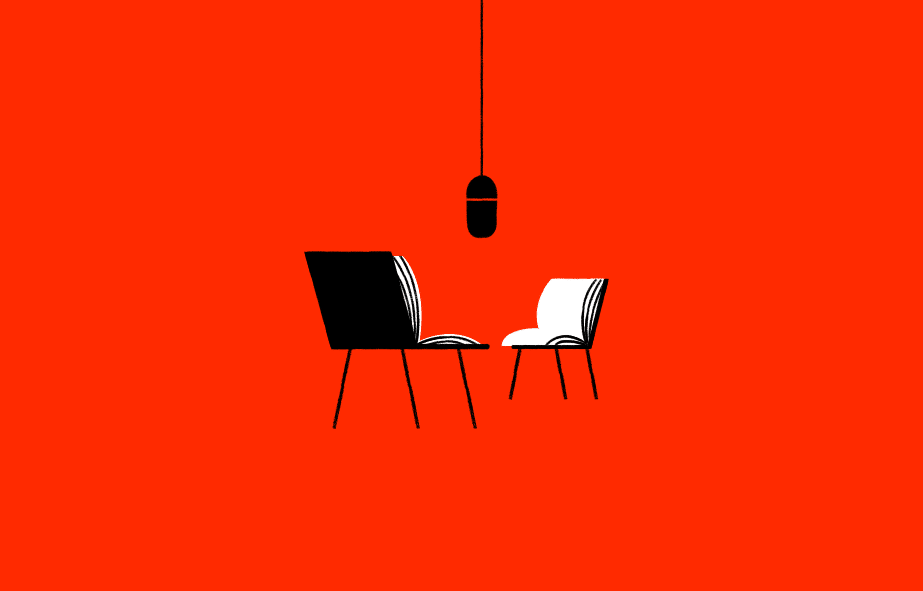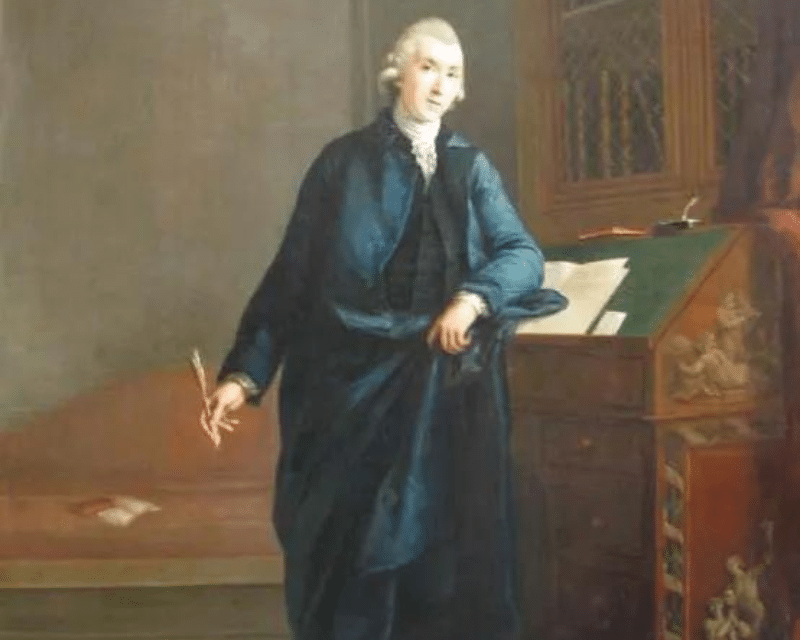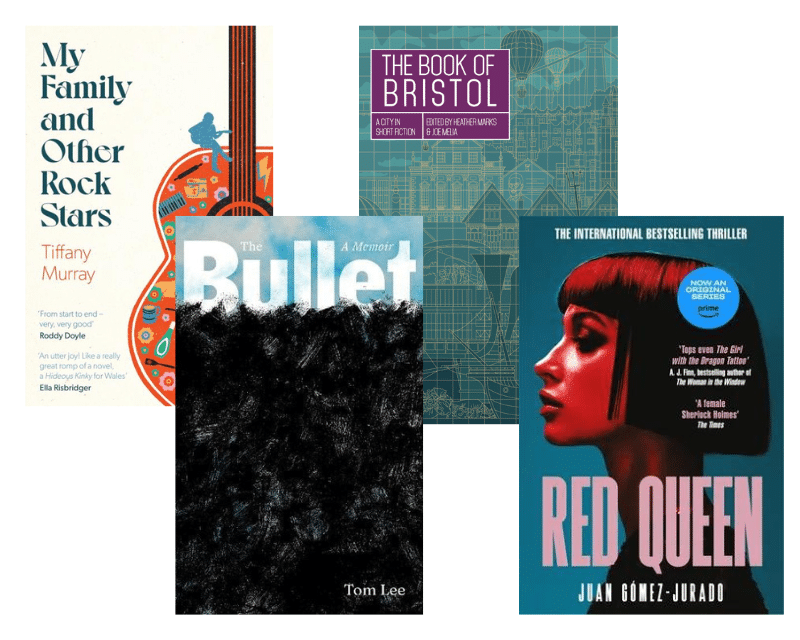- Collected
- Article
Dancing About Architecture
Writing about music

- 19 September, 2022
- C.D. Rose
It has been said that writing about music is like dancing about architecture — a quotation variously attributed to Frank Zappa, Elvis Costello, Thelonius Monk, Miles Davis and Laurie Anderson, among several others. Writing about music, they suggest, is clearly an endeavour that is at best fatuous, and at worst impossible. While whoever originally said or wrote this, whether a disgruntled musician reacting to a poor review or a stumped critic at a loss for words while attempting to describe the indescribable, may have been wrong, they at least realised that there is evidently something knotty, something difficult, something awkward in the endeavour of using one semiotic system to describe another (if, indeed, music is a ‘semiotic system’ at all.) One of the joys of music, after all, is how it can unhook us and take us somewhere there aren’t words. This fact, however, has fortunately not stopped many people considering how we might dance about architecture.
Among them are the Victorian aesthete Walter Pater, who famously claimed that ‘all art constantly aspires to the condition of music,’ and the French theorist Roland Barthes, who in his essay ‘The Grain of the Voice’ laments our constant fall back on the adjective as the only way to write about music. Barthes suggests we need to find a body in the sound (that titular ‘grain of the voice’), something tangible which has the relative permanence of the word, as opposed to the evanescent nature of music. This leads me to think of Susan Sontag’s claim in her essay ‘Against Interpretation’ that ‘in place of a hermeneutics we need an erotics of art.’ Could good writing about music be such a thing?
What Sontag may be referring to here, I think, is essentially some form of music criticism. Criticism, a ‘review,’ is the most obvious way of writing about music and is of course a thing that can be done well or otherwise. There are the kinds of criticism which tell us if a record is worth buying or a concert is worth attending, but then also those which illuminate a work more deeply, set it in context, or – best of all – open it up in a manner that makes the reader want to re-listen and hear so much more.
Such writing is often linked to memoir, stories of how music has affected people’s lives, and biographies of musicians themselves. There is a whole industry of such books now, with publishers such as White Rabbit or Route specialising in them (you’ll probably have your favourites — mine include Julian Cope’s Head-On and, more recently, Adelle Stripe and Lias Saoudi’s Ten Thousand Apologies).
This, though, is still essentially para-musical activity, and what I am interested in is the thing I believe Pater, Barthes and Sontag were getting at: not writing about music, but writing that is somehow ‘around’ or ‘through’ or even ‘in’ music.
The technique or genre of ekphrasis is usually understood as a piece of writing which in some way describes or reacts to a picture in an attempt to recreate that picture in words — the ut pictura poesis (‘as is painting so is poetry’) often attributed to Horace. Strictly the word doesn’t refer only to writing about pictures, but to works of art in general. This is what interests me: not writing which describes the experience of listening, but which creates an equivalent experience while reading: in short, writing that attempts to be music.
This could, perhaps, be a definition of poetry: writing where sound can be privileged over sense, where form can take precedence over meaning. How then, could this idea be applied to writing prose fiction?
While plot, character and setting might be the basics of prose fiction (an admittedly arguable proposition, with much fiction – some of the best perhaps – dispensing with some of these elements, or radically re-working our expectations of them), we know that good prose also makes an appeal to the senses. Visual description is the most common technique here, and a potentially dangerous one (as any reader who has ever found themselves bogged down in endless description of interiors will know); and sound probably the least used one.
While a particular noise may be noted here and there, or a piece of music described (again, as noted above, one of the most difficult things to do: a character in David Szalay’s book All That Man Is hears a concert performance of a Mozart mass and the experience is recounted by a page entirely blank save for two words, ‘the music,’ before the story continues), the acoustic environment inhabited by characters is rarely evoked.
A number of writers have created a ‘playlist’ for their books. This can go well beyond putting together some tunes which appear in the book on Spotify, but actually becomes an important part of the compositional process. When writing my most recent book, I made a list of what I considered the book’s ‘soundworld’ (this included pieces played on toy instruments, lots of accordion music, and some Bartók string quartets) which I listened to while making notes and editing as a kind of aural mood board.
I conducted an unscientific straw poll of a few writers, asking them if they listened to music while they wrote. Some needed the luxury of complete silence, a few preferred abstract ambient or drone music (some of Brian Eno’s work was notably popular), while one or two claimed they listened to loud, fast punk, techno or hip-hop when writing pacy scenes. Most wanted as much silence as possible while writing, but would allow themselves some background music while editing.
Another way in which writing can incorporate music is in its structural approach. While music may seem to be a manifestation of the ineffable, it is of course very carefully structured. The classic pop song (verse/chorus, verse/chorus, verse/chorus), or a more complex fugue (slow development of an initial theme), or even a piece of minimal systems music (with repetition and subtle variation) can all offer inspiration to a writer trying to work out how to structure a narrative. Luis Sagasti’s 2020 novel A Musical Offering (translated by Fionn Petch) is a book not only about music, but one whose structure mimics Bach’s Goldberg Variations – one of the works whose story it tells.
The novelist Patrick McCabe has described himself as a ‘musician manqué’, sharply identifying that desire to make something which can slip the moorings of logic and sense and affect the reader in a sensual and experiential manner — and its difficulty. Writing which connects with us in the same way that music does is neither an absurdity (a ‘dance about architecture’) nor an inevitable failure: it may be that it is the very reaching for that possibility which makes it such an exciting – essential, even – artistic endeavour.
Which leads us back to our opening quotation, and the simple fact that whoever did or didn’t say it was obviously quite wrong. As well as the valiant attempts we have noted, there is also the blunt fact that you can dance about architecture. Not only could it be said that dance, being about the movement of bodies in space, is essentially and unavoidably therefore about architecture, but there are also very specific examples. In 1922 the German artist and choreographer Oskar Schlemmer premiered the Triadische Ballett, a dance piece partly intended to illuminate the design ideals of the Bauhaus movement. In the early nineteen-seventies the US choreographer Trisha Brown staged Roof Piece in which several solo dancers stood on the tops of nearby buildings in New York, dancing with each other at a distance, using the architecture of the city as both their stage and their subject. Pina Bausch’s Fall Dance takes place on a set of stairs and involves one dancer falling on them — it is a piece about falling, and stairs, and more.
Let us not despair then, and consider those dancers as we put pen to paper, and move our words through the architecture of the white space of our pages.
You might also like:
The Life and Times of Reverend David Williams
As we get ready to celebrate our 234th anniversary on 18 May, a recent RLF grant beneficiary takes a deep…
Anywhere But a Room of One’s Own
I am a writer looking to be re-homed. All I need is a laptop, a table and a chair, and…
RLF Fellows’ News: May 2024
Publishing RLF Fellow Tom Lee’s new book, The Bullet, his memoir about family and mental health, has recently been published…


